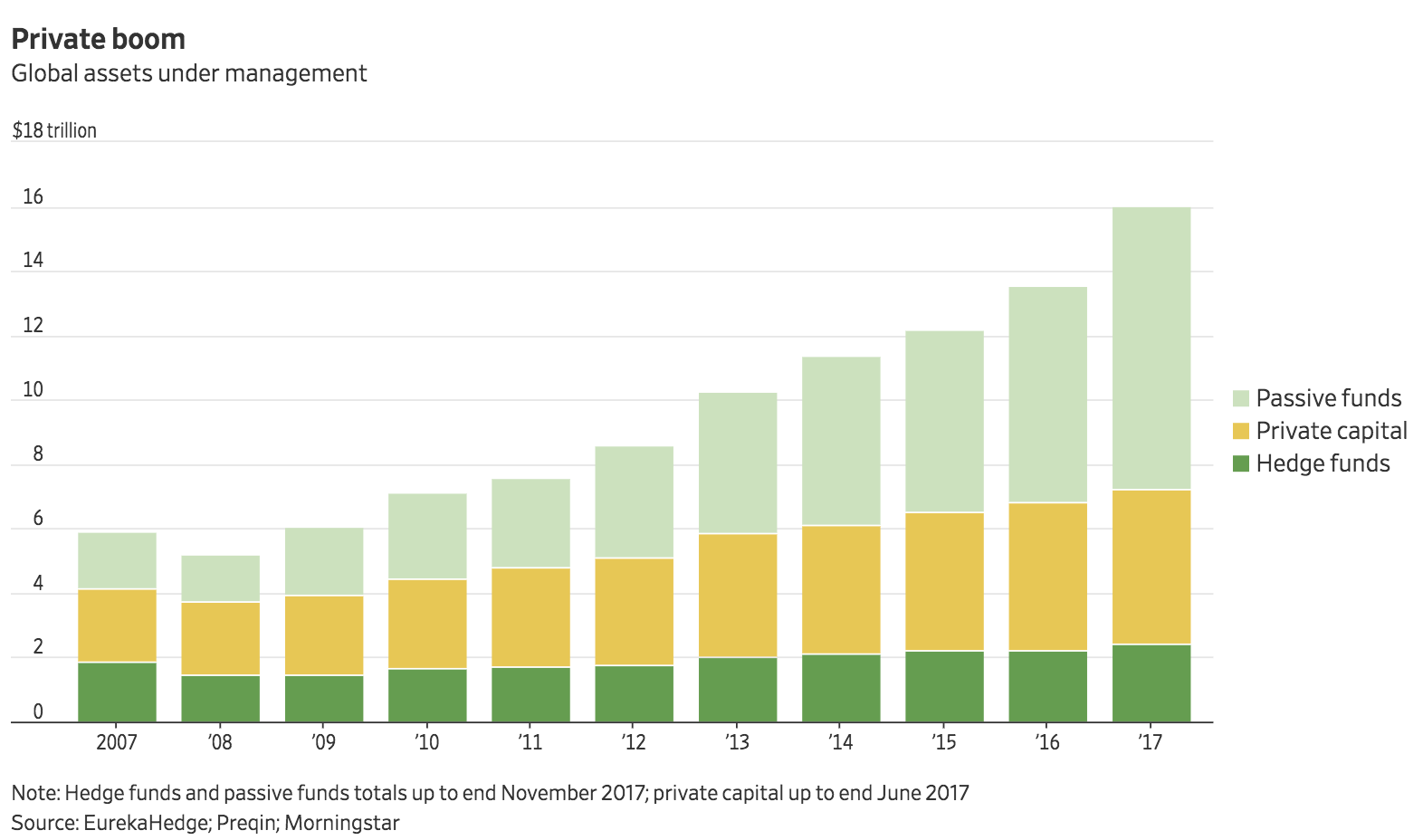
PTJ 4 weeks before Black Monday.


All questions that need to be answered if you are to have confidence in your trading system. For it is confidence that allows you to profit from the markets.
Ridiculous notion? Perhaps. But true nonetheless.
You see, despite our civilized veneer, we are still animals that react to fear, the most powerful of emotions. And it is fear that supercedes our thoughts when we trade.
To circumvent fear, you should develop trading plans, trade according to plan, and analyze your trades in a trading journal. As do this, you will build a database that will create statistical patterns of your trades. This can be studied and help you to predict the outcome of future trades. (more…)


 There is a Zen story about a poor man walking through the woods reflecting upon his many troubles.
There is a Zen story about a poor man walking through the woods reflecting upon his many troubles.
He stopped to rest against a tree, a magical tree that would instantly grant the wishes of anyone who came in contact with it. He realized he was thirsty and wished for a drink. Instantly a cup of cool water was in his hand. Shocked, he looked at the water, he decided it was safe and drank it.
He then realized he was hungry and wished he had something to eat. A meal appeared before him. “My wishes are being granted,” he thought in disbelief.
“Well, then I wish for a beautiful home of my own,” he said out loud. The home appeared in the meadow before him. A huge smile crossed his face as he wished for servants to take care of the house. (more…)


Your worst trade:
Your best trade:
Trading is being young, imperfect, and human – not old, exacting, and scientific. It is not a set of techniques, but a commitment. You are to be an information processor. Not a swami. Not a guru. An information processor.
Participating in the markets can only develop your trading skills. You need to become a part of the markets, to know the state of the markets at any given time, and most importantly, to know yourself. You need to be patient, confident, and mentally tough.
Good traders offer no excuses, make no complaints. They live willingly with the vagaries of life and the markets.
In the early stages of your trading career, pay attention not only to whether you should buy or sell but also to how you have executed your trading ideas. You will learn more from your trades this way.
Never assume that the unreasonable or the unexpected cannot happen. It can. It does. It will.
Remember, you can learn a lot about trading from your mistakes. When you make a mistake – and you will – do not dwell on the negatives. Learn from the mistake and keep going.
Never forget that markets are made up of people. Think constantly about what others are doing, what they might do in the current circumstances, or what they might do when those circumstances change. Remember that, whenever you buy and hope to sell higher, the person you sell to will have to see the same opportunity at that higher price to be induced to buy.
Traders who lose follow one of several typical patterns. Some repeatedly suffer individual large losses that wipe out earlier gains or greatly increase a small loss. Others experience brief periods during which their trading wheels fall off: they lose discipline and control and make a series of bad trades as a result.
Wise traders make many small trades, remain involved, and constantly maintain and sharpen their feel for he market. For all of their work, they hope to receive some profit, even if it is small in terms of dollars. In addition, continual participation allows them to sense and recognize the few real opportunities when they arise. These generate large rewards that make the effort of trading truly worthwhile.
At the end of the chapter he lists specific observations that have a high enough probability of reoccurring he considers them rules:
The ANTICIPATION Phase: this is where all the left hand chart reading takes place in preparation for the right hand chart battle. It’s the PROCESS that precedes the ACTION to put on a trade. A technical trader anticipates that a past price pattern will repeat again, so he identifies the pattern, locates a current one and determines a suitable match is present. Technical analysis is nothing more than finding previous price patterns matched with current market conditions. Traders anticipate such repetitive behavior based on human nature and seek to take advantage of it.
The ACTION phase involves hitting the BUY key based on the previous ANTICIPATION process. Since no one can tell the future or what the right hand side of the chart will reveal, the ACTION is based on the confidence that the trader will do what is right once a trade is put on, which is to exit gracefully at a pre-determined loss line or exit humbly at a pre-determined profit target (P2), fully accepting either/or, or an OUTCOME between one or the other, depending on current market conditions. (more…)